How to Tea-Taste Your Way Through Taiwan
Experience Taiwan’s tea culture through these museums, plantations and tea houses
/https://tf-cmsv2-smithsonianmag-media.s3.amazonaws.com/filer/f8/59/f859574d-2729-4d20-a230-3531f2ab0286/taiwan_tea.jpg)
Taiwan is known for its world-famous teas. Its tea-making tradition began centuries ago with varietals brought over from mainland China, and the island has since developed its own unique offerings—most notably its high-mountain tea. It's also responsible for the production of a large percentage of the world's oolong—semi-oxidized teas that fall somewhere between green and black varietals.
From tea house ceremonies to overnight plantation stays, there are plenty of ways to experience Taiwan's vast tea culture for yourself. Here are some of the best regions and teas for making the most of your Taiwanese tea adventure.
Pinglin—Home to One of the World's Largest Tea Museums
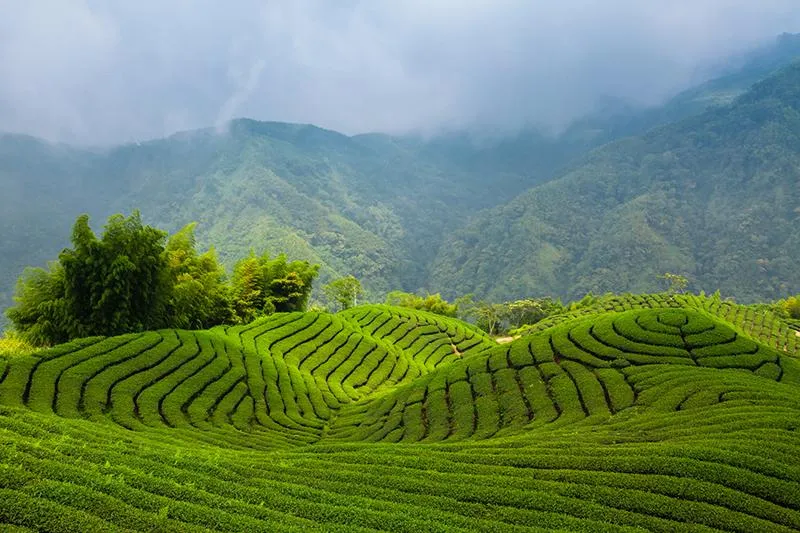
Pinglin is one of Taiwan's prime tea-producing spots—a picturesque rural district in the southeastern part of New Taipei that's the heart of the region's famous Baozhong (sometimes called Pouchong) tea. This tea made from leaves that are twisted rather than rolled is rich in body, lightly oxidized, and typically not roasted—an almost hybrid tea style boasting the lighter colorings of green tea but the flora notes of oolong. Pinglin's tea harvesting season takes place in the spring, when the region's terraced tea plantations are lush with greenery, making for some amazing photographs. You'll find this tea, also known as “flower tea” because of its highly floral aroma, and others at many of the tea shops—and even incorporated into restaurant dishes such as “fried rice with tea leaves”—along Pinglin Old Street, at the center of town.
Another area spot to absorb everything there is to know about Taiwanese tea is the Pinglin Tea Museum, one of the largest tea museums on the planet. Opened in 1997, the museum offers insight into the history, preparation and processing of tea, as well as the development of tea culture throughout China, through a series of interactive and engaging exhibits. The museum also features a traditional Southern Chinese-style garden and a tea house for sipping brews onsite.
If you have time, pay a visit to nearby Bagua Tea Plantation, one of Northern Taiwan's largest, and its onsite tea garden. Overlooking the waters of Feicui Reservoir, the plantation’s seemingly endless rows of tea bushes—set among the area's rolling hills—create an almost magical setting.
Maokong—a Mountain Top Tea Village
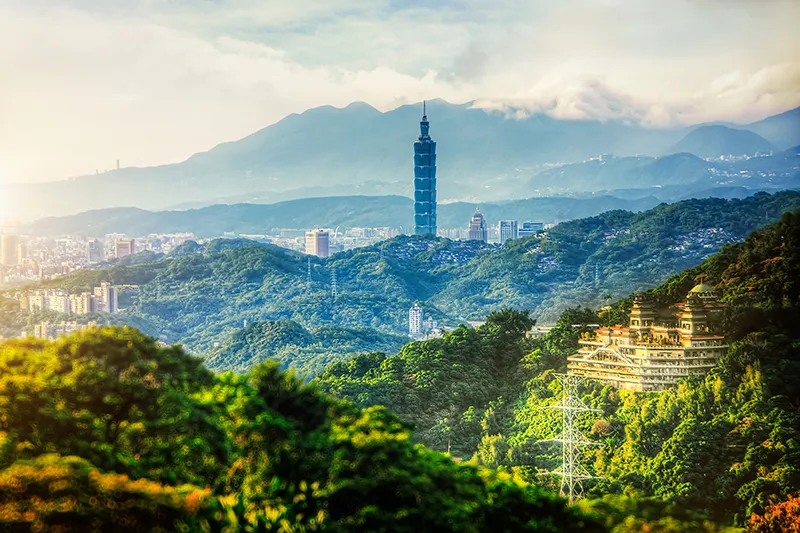
A bit more accessible than Pinglin and the Bagua Tea Plantation (thanks to a sky gondola from Taipei Zoo), the mountain village of Maokong—in Taipei's southernmost Wenshan district—is also known for its tea culture. Tieguanyin, a type of premium Chinese oolong tea, thrives among Maokong's surrounding mist-covered mountain terrain. It's a fresh and fragrant tea that can vary from light to full bodied, and produces notes ranging from grassy to floral, depending on the length of time it's oxidized.
Chinese immigrants first brought Tieguanyin to Taiwan at the end of the 19th century, when those coming over from Anxi County, in the mainland's Fujian Province, realized Moakong and its high altitude were ideal for growing the same type of tea they grew at home. Today Moakong is home to dozens of tea houses where you can partake in a ceremonial tea presentation, as well as farm-owned shops and temples. It also offers spectacular views of Taipei City down below.
About a 20-minute walk through Maokong from its gondola station is the Taipei Tea Promotion Center. This compact space showcases various tea-making machinery, including a tea leaf shaker that helps bring out the fragrance of oolong tea, which demonstrates how tea cultivation has changed over time. A local tea grower is often on hand to offer free tea tastings and products for purchase.
Hsinchu Country—Oolong Tea and Hakka Culture
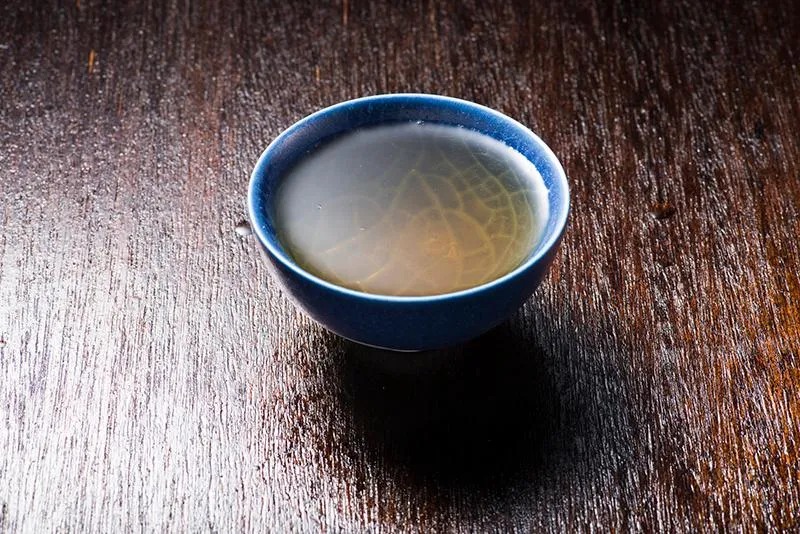
Situated along Taiwan's northwest coast, Hsinchu County may be known as Taiwan's “Silicon Valley” for its numerous high-tech companies, but it's the Dongfang Meiren—or Baihao—that garners the attention of tea drinkers. This heavily oxidized oolong tea, known in Western circles as “Oriental Beauty,” has a sweet honey and peach taste and fruity aroma. Green leafhoppers arrive each summer to feast on the sap of its growing tea leaf tips, and the insects’ tiny bites cause the leaves to become partially oxidized, resulting in their distinct scent and flavor. Dongfang Meiren is only produced in small qualities making it highly sought-after. Workers harvest the tea leaves in the summer by hand, after the leafhoppers have their fill.
Be sure and visit Beipu, a rural township in the eastern part of the county that's also a prime place for learning about Taiwan's Hakka culture, a Chinese minority group with their own unique lifestyle and traditions. Along historic Beipu Old Street you'll find tea houses offering steaming pots of Dongfang Meiren as well as lei cha, a special Hakkanese blend of tea leaves ground with herbs, seeds, grains and nuts to make a drink with a porridge-like consistency. Another good stop is Emei Township, where you'll find the Fuxing Tea Factory—a former tea factory that now operates as a two-story cultural museum. It's also known for its excellent gift shop.
Nantou County—Where Dong Ding Tea Reigns
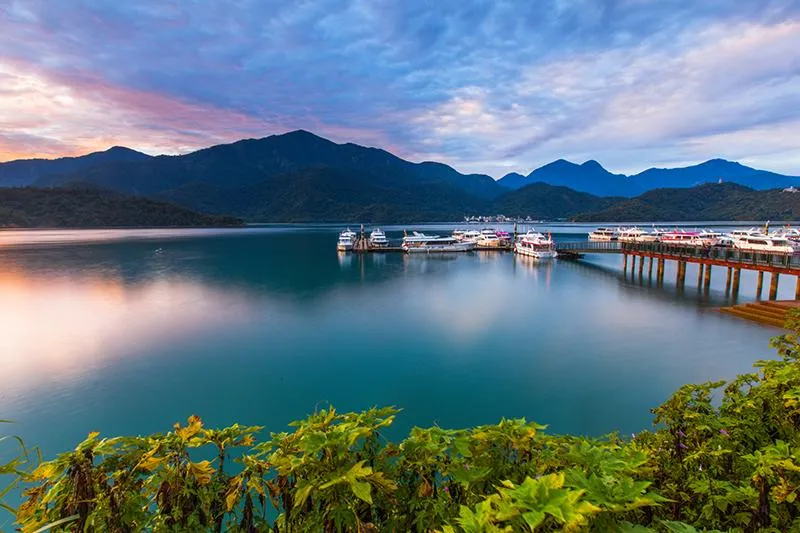
Located in south-central Taiwan, Nantou is Taiwan's only land-locked county: a place made up of undulating hills and stunning mountain scenery. This is where you'll find the spectacular Sun Moon Lake—Taiwan's largest body of water—which sits right in the heart of the county and is known for its black tea production. However, it's Nantou's Dong Ding (or Tung-Ting) that's the region's real prize: a high-quality oolong tea made from leaves that grow in the foothills of Tung Ting or “Icy Peak” mountain, it possesses a strong toasty flavor (thanks to its traditional charcoal roasting) and a sweet aftertaste.
Each fall the Nantou Global Tea Expo highlights tea artisans from across Asia with a multitude of activities that include tea brewing, tea tasting, and even an organic tea pavilion. For year-round visitors, the Antique Assam Tea Farm is a former black tea factory-turned co-op run cultural museum and working tea farm. Tours, which typically include demos of tea leaf picking by both hand and machine, should be booked in advance.
Alishan—High Mountain Tea Awaits...
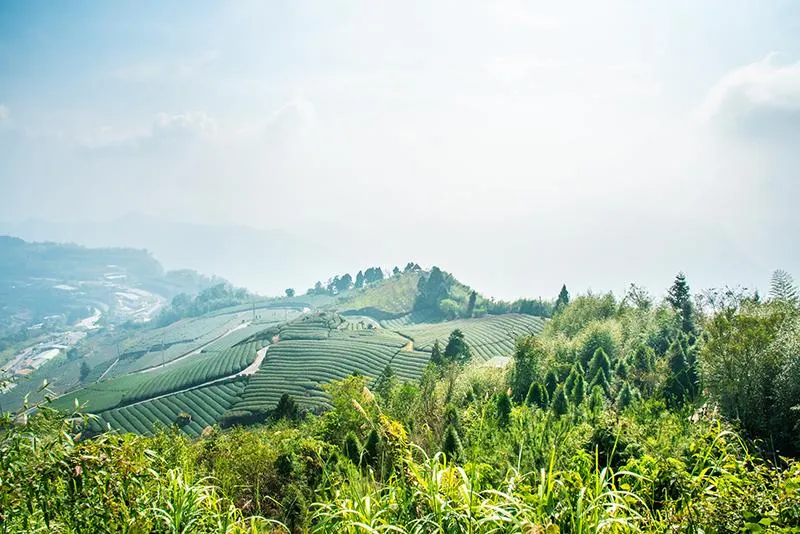
Central Taiwan's Alishan National Scenic Area (NSA)—known for its cloud-ringed Alishan Mountains and the more-than-century-old mountain railways completed under Taiwan's Japanese occupation—is also a land of distinct tea offerings. It's here you'll find the relatively new Alishan Tea, a formosa oolong that's been called one of Taiwan's “champagne of teas.” Alishan features a layered floral aroma, with hints of jasmine and rose, as well as a light creaminess when tasted, and is harvested twice annually.
The Alishan NSA Chukou Visitor Center provides detailed displays on the area's tea production, and nearby Shizhuo Village sells teas directly from local producers. There are also a number of NSA trailheads, including one for a “Tea Trail,” which winds through terraced tea plantations. Alishan's greater Chiayi County is especially known for its homestays—many that are surrounded by tea fields and offer tastings, not to mention plenty of fireflies in the evenings. These include Alishan B&B YunMinGi, which features lodgings in both a traditional Taiwanese home and a more modern five-story structure, and Tea Cloud B&B, a family farm that's close to the mountain railway town of Fenchihu. The drive between Fenchihu and Shizhuo is particularly impressive and includes views of lush tea plantations at seemingly every turn.
Taichung—the Land of Bubble Tea
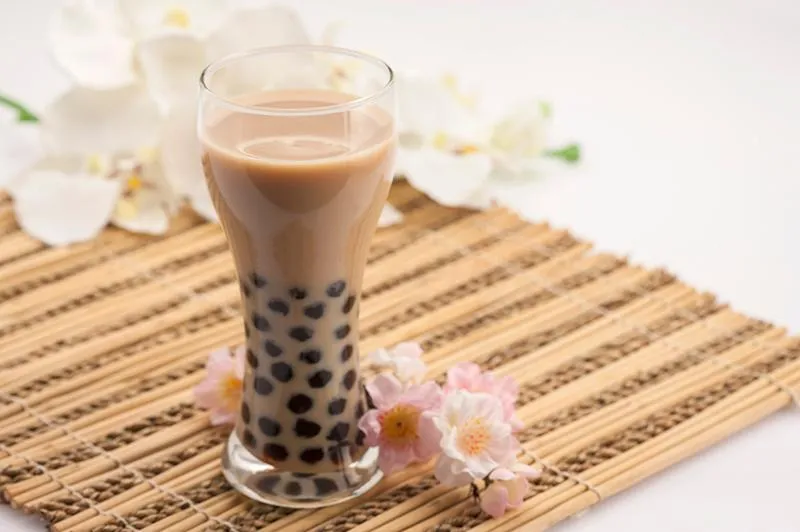
No visit to Taiwan would be complete without sampling boba, or “bubble tea.” Though it may have reached all corners of the globe by now, it's a Taiwanese original. This distinct beverage traditionally consists of Taiwanese black tea and condensed milk, a sweet flavoring such as syrup or honey, and small, translucent tapioca balls or “pearls.” No one really knows when and where the first bubble tea was served, but Taichung—Taiwan's second-largest city—is a pretty good guess. Taichung is home to the Chun Shui Tang Tea House, where founder Liu Han-Chieh began serving up cold tea in the late '80s, after noting its popularity in Japan. One day his product development manager, Ms. Lin Hsiu Hui, poured her fen yuan—a sweetened tapioca pudding—into the drink. She loved it. Han-Chieh put it on the menu, and it became one of the tea house's top sellers.
While there are currently dozens of Chun Shui Tang locations throughout Taiwan and China, the original Taichung eatery in the city's West District is worth its own visit. Purchase boba-themed souvenirs like postcards and thermos bottles, and pair your bubble tea with dishes such as kung fu noodles and tofu with shrimp for the full Chun Shui Tang experience.
/https://tf-cmsv2-smithsonianmag-media.s3.amazonaws.com/accounts/headshot/LauraKiniry.png)
/https://tf-cmsv2-smithsonianmag-media.s3.amazonaws.com/accounts/headshot/LauraKiniry.png)